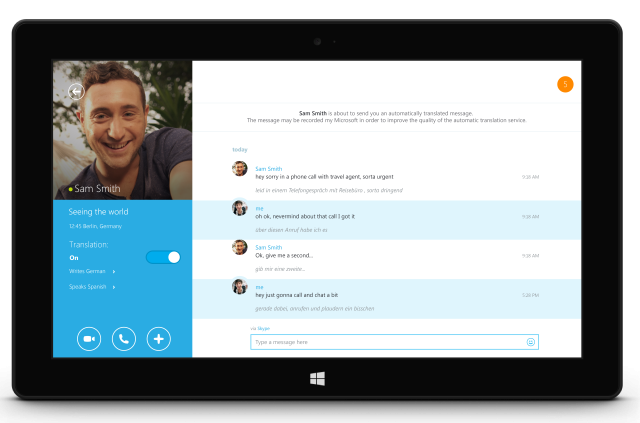We have become blasé about technology.
The modern smartphone, for example, is in so many ways a remarkable feat of engineering: computing power that not so long ago would have cost millions of dollars and filled entire rooms is now available to fit in your hand for a few hundred bucks. But smartphones are so widespread and normal that they no longer have the power to astonish us. Of course they're tremendously powerful pocket computers. So what?
This phenomenon is perhaps even more acute for those of us who work in the field in some capacity. A steady stream of new gadgets and gizmos passes across our desks, we get briefed and pitched all manner of new "cutting edge" pieces of hardware and software, and they all start to seem a little bit the same and a little bit boring.
Even news that really might be the start of something remarkable, such as HP's plans to launch a computer using memristors for both longterm and working memory and silicon photonics interconnects, is viewed with a kind of weary cynicism. Yes, it might usher in a new generation of revolutionary products. But it probably won't.
But this week I've been using the preview version of Microsoft's Skype Translator. And it's breathtaking. It's like science fiction has come to life.
The experience wasn't always easy; this is preview software, and as luck would have it, my initial attempts to use it to talk to a colleague failed due to hitherto undiscovered bugs, so in the end, I had to talk to a Microsoft-supplied consultant living in Barranquilla, Colombia. But when we got the issues ironed out and made the thing work, it was magical. This thing really works.

I don't speak a word of Spanish—I took German at school instead—but with Skype Translator I was able to have a spoken conversation with a Spanish speaker as if I were in an episode of Star Trek (as long as that episode isn't Darmok, amirite?). I spoke English. A moment later, an English language transcription would appear, along with a Spanish translation. Then a Spanish voice would read that translation.
It took a moment to get used to the pacing of the conversation—the brief delay for the translation means that if you understand the language of the other person, there's a temptation to respond immediately, without waiting for the voice to read the translation—but once this rhythm was learned, the conversation was fluent and continuous.
In this preview, Spanish and English are the only spoken languages on offer. It also handles text conversations, and there are some 40 different languages on offer for text.
Intellectually, I understand that all the different parts have been done before—Microsoft has shipped speech-to-text and text-to-speech technology for the better part of 20 years now, and robotranslation of Web content is relatively commonplace, if a little haphazard. But tying these pieces together has turned them into something magical and awe-inspiring.

The technology powering this opens up so many possibilities. Translation is, of course, significant, and one can easily see how this will find value in the business world. I can also imagine that it will open up new possibilities in mixed language families where, for example, grandparents and grandchildren may not have a common tongue.
I can also see the same technology having a ton of value beyond the translation use case. I use Skype for telephone interviews; automatic transcription of those interviews would be very neat. Skype is widely used by podcasters, and, similarly, automatic transcriptions could be a valuable addition—while the automatic robo-transcription won't be perfect, given that the alternative is usually no transcription at all, the robot's effort will still be welcome.
With minor modifications, this might even find utility in the deaf community, by allowing hard of hearing Skype users to read and type to hearing users.
Truly, this is transformational technology. It's not often that I use something that leaves me excited, something that makes me say "wow" not out of cynical sarcasm but because I'm genuinely impressed. But Skype Translator did it. Whether you call it a Star Trek Universal Translator or Babel fish, Microsoft is building it, and it's incredible.
Listing image by Francisco Gonzalez
reader comments
116